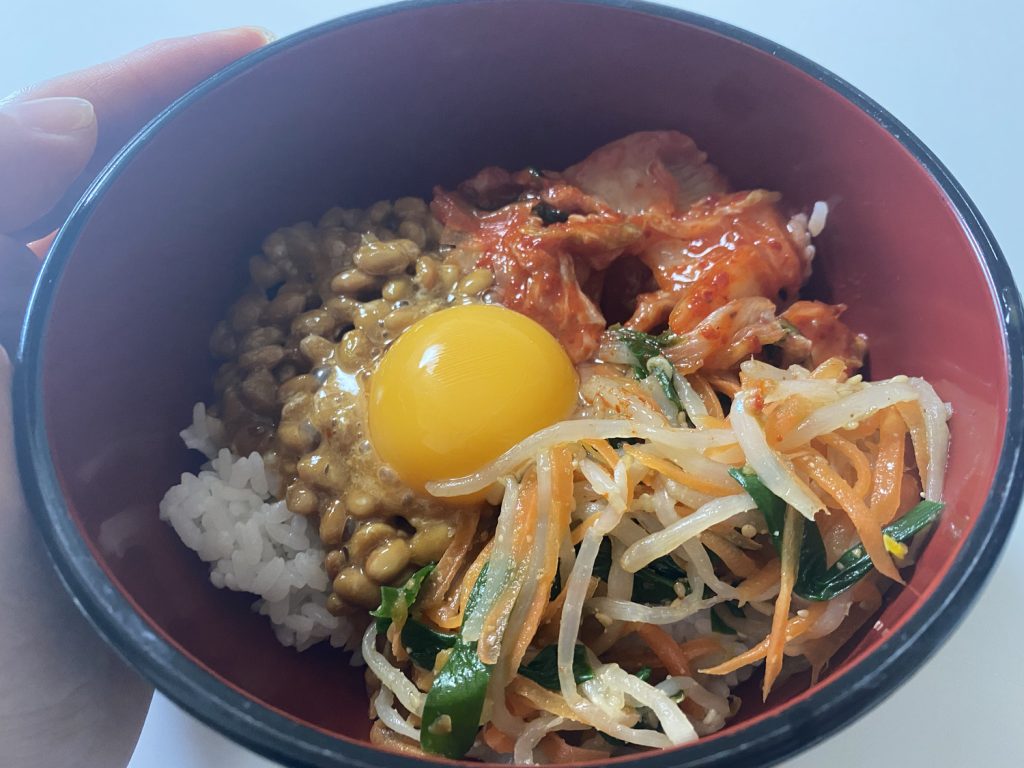When it comes to the most unacceptable Japanese food for foreigners, what do Japafans think of? Probably the first thing many people think of is “Natto”!
This fermented soybean food has always kept many foreigners away. So, what is the relationship between Japanese people and natto? Let’s discuss it with our editorial team today!
Table of Contents
ToggleHistory of Japan and Natto
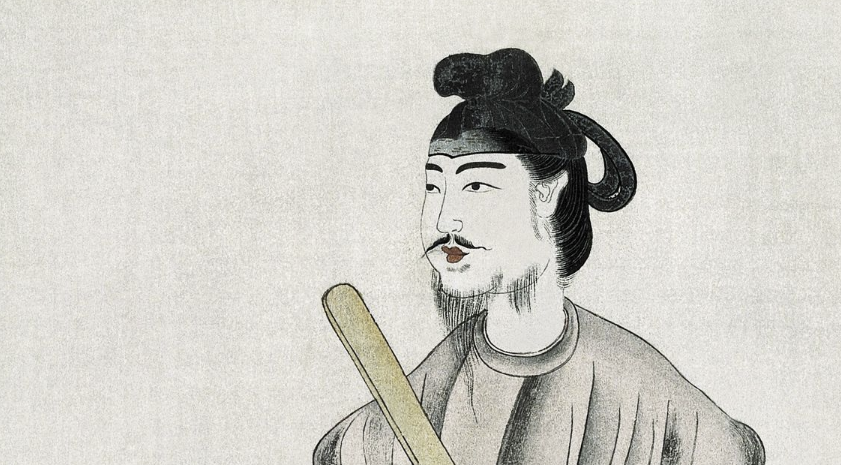
There are actually several different opinions regarding the origin of natto. Currently, there are a total of four common theories.
The first theory is that around 600 AD, when Prince Shotoku fed his favorite horse with cooked beans, some were left over. In order not to waste the beans, he wrapped the remaining beans in straw and hung them on a tree. After some time, the beans fermented and became natto. After everyone tasted it and found it delicious, they began to imitate Prince Shotoku, and eventually it became what natto is today.
However, the existence of Prince Shotoku has been the subject of considerable debate in Japanese historiography in recent years, with each school of thought arguing for his existence or non-existence, and thus the credibility of his origins may be slightly lower than other origins.

Another theory was invented by Minamoto no Yoshinoya in the Heian period. When he left Kyoto to suppress judgment, he wrapped boiled beans in straw leaves and hung them on his horses’ backs to feed his horses.
After some time, the horses’ higher body temperature caused fermentation of the wrapped soybeans, and when Minamoto no Yoshitomo unwrapped the leaves, he found that the beans inside had become slimy and stringy, and subsequently discovered delicious natto.

Compared to the first two theories, the third and fourth theories are less romanticized. The third theory is that during the Yayoi period in ancient Japan, when rice was brought to Japan from mainland China, soy beans were also brought to Japan. Since the floors of Japanese houses at that time were made of straw, delicious natto was discovered by chance when boiled soy beans were placed under the floorboards.
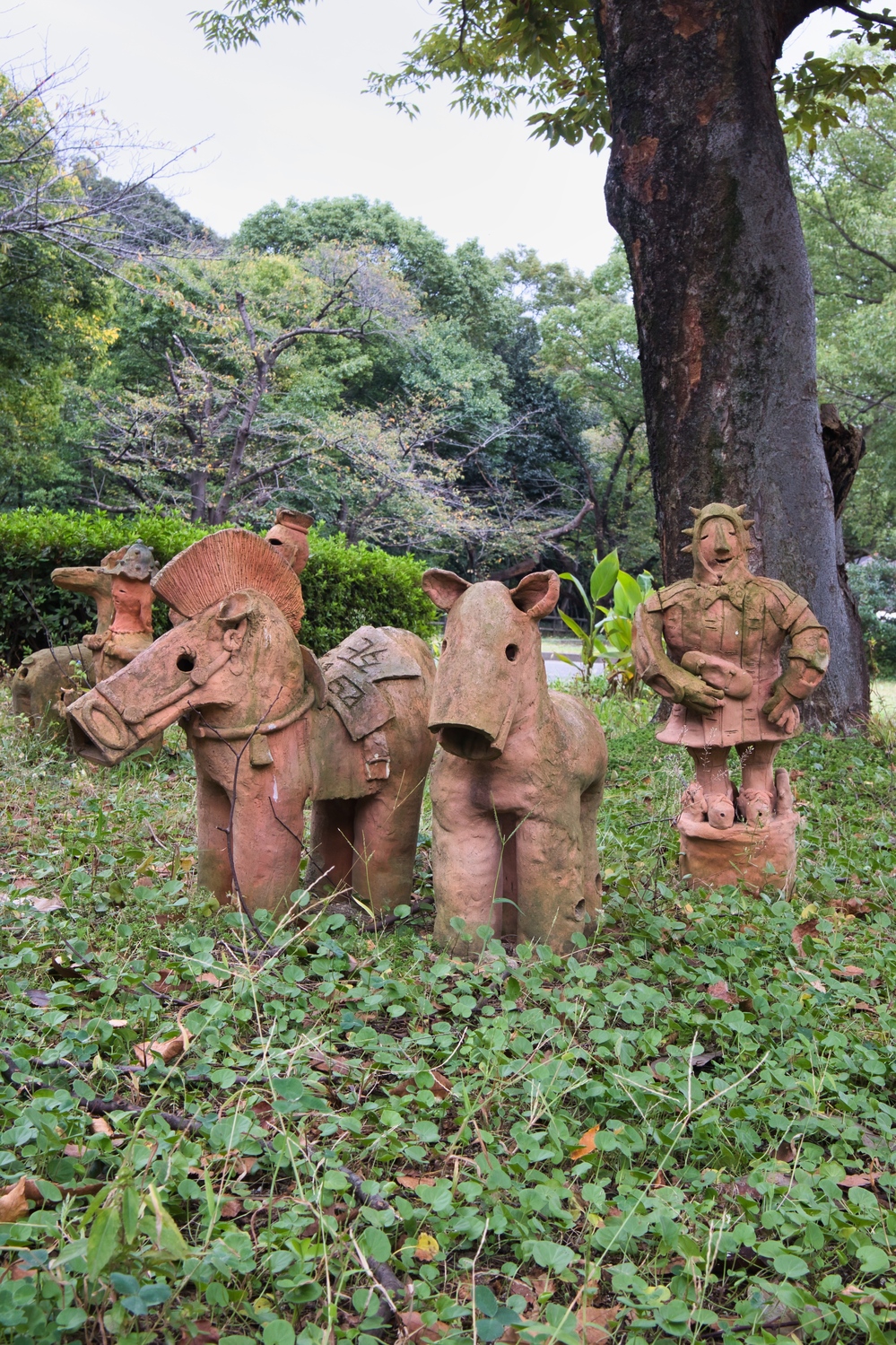
The final theory is that natto was consumed in Japan in the Jomon period, before Japan had contact with mainland China and before rice was grown. This theory is based on the fact that traces of wild beans were found on pottery from the Jomon period, so this theory has some credibility. According to this theory, natto was originally not wrapped in straw, but in ordinary leaves.
Why Do Japanese People Love Natto?
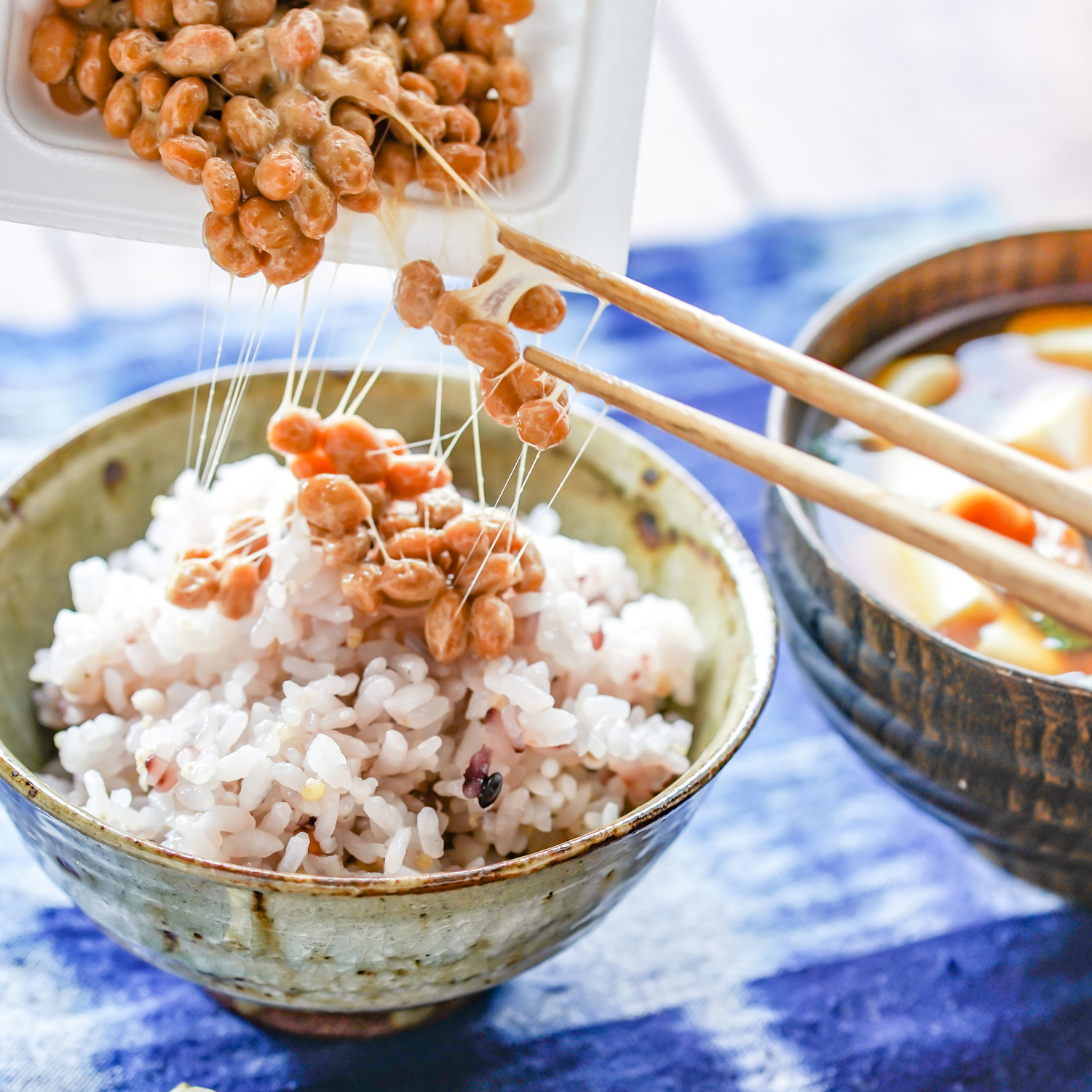
Why do Japanese people love natto? Turns out, not all Japanese people love natto! According to a recent survey conducted in Japan, the Kanto, Tohoku, and Hokkaido regions have the highest proportion of people who like to eat natto, with nearly 80% or more of them preferring to eat natto.
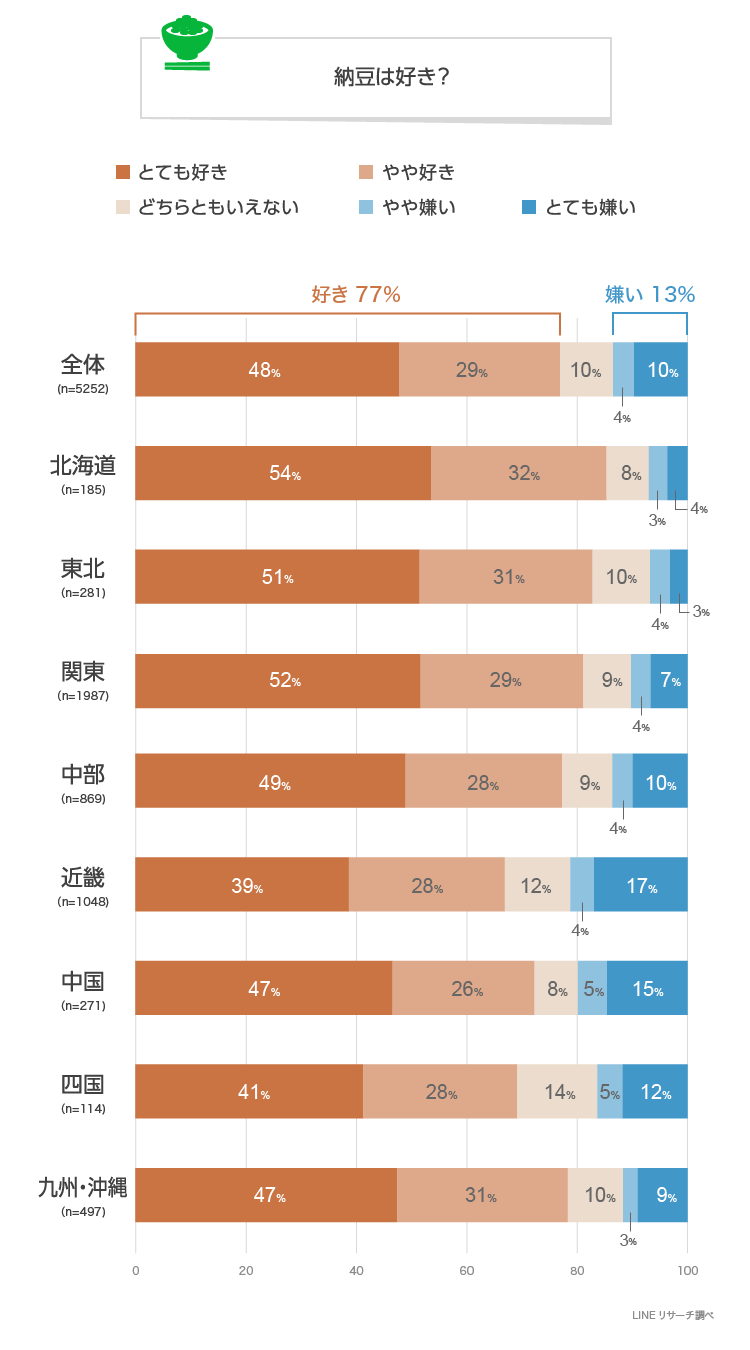
(Colors from top left to bottom right correspond to “really like”, “like a little”, “like a lot”, “love a lot”, “hate a little”, “hate a lot”)
However, in western Japan, the proportion of people who like natto has started to decline. On average, only about 70% of people like to eat natto, and the proportion of people who dislike it has increased to 20%. Why is there such a difference?
Some say that because most of the population centers in Kanto in the Edo period were located on plains that were not close to the sea, it was difficult to supplement the protein they needed to live. Therefore, Kanto people could only supplement it from plant foods such as natto.
Most population centers in Kansai are close to the sea. Thriving fisheries allow Kansai residents to supplement protein even if they don’t eat natto, which explains the difference in preference between the two regions.
Japanese Habits of Eating Natto
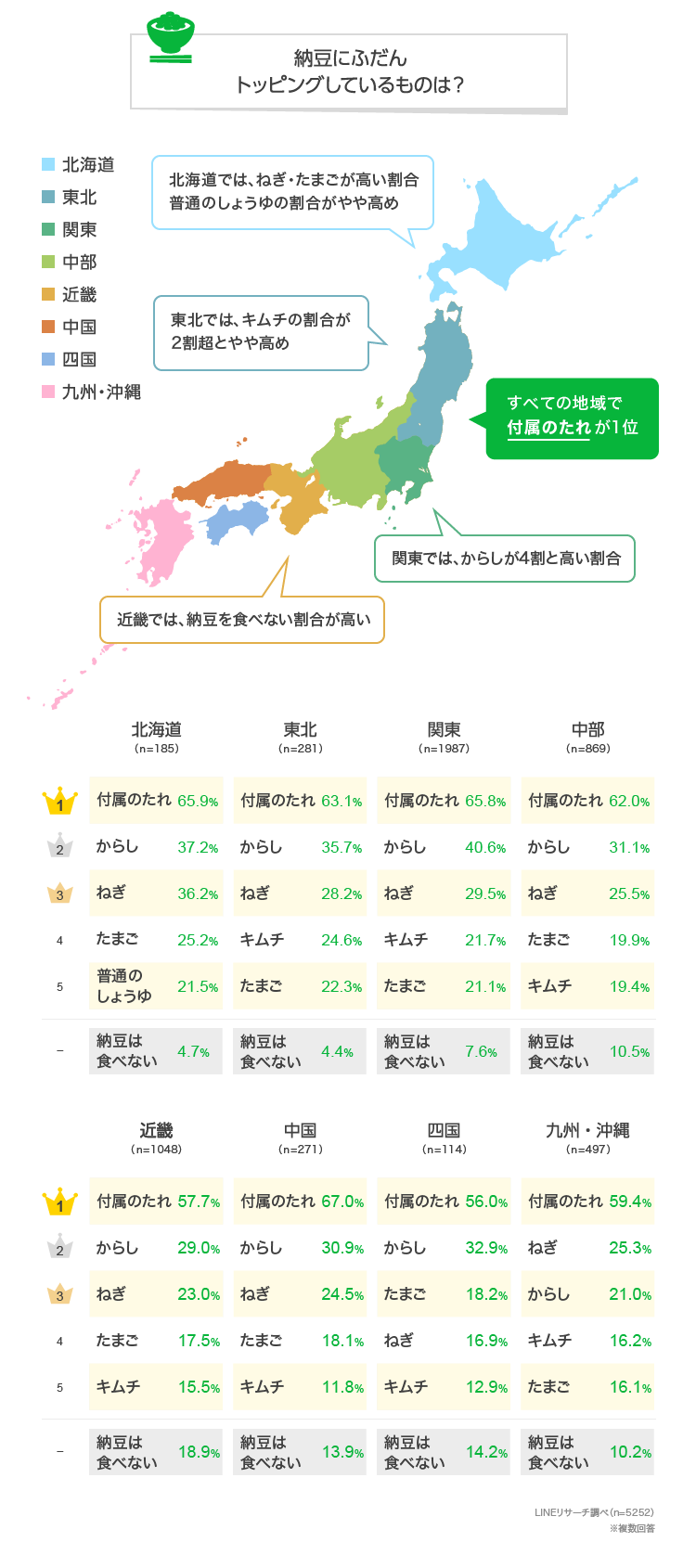
(side sauce; wasabi; green onion; raw egg; kimchi; regular soy sauce; ‘I don’t eat natto’)
How do Japanese people eat natto? According to a survey, the highest percentage of people, regardless of region, use the dipping sauce that comes with natto.
The second highest is mixing it with wasabi, and the third highest is sprinkling it with green onions, but only in Kyushu and Okinawa do they rank second and third. However, only in Kyushu and Okinawa, the second and third rankings are the opposite of other regions.

Once we reach the fourth position, we can see clear differences in each region. Everything from raw eggs to kimchi and even soy sauce appear. However, we can still see from these results that as far as natto ingredients are concerned, the flavors of Japan are the same, regardless of region.
Also Read: Why can Japanese eggs be eaten raw?
Now that you know the origin of natto and Japan, why not try it next time?
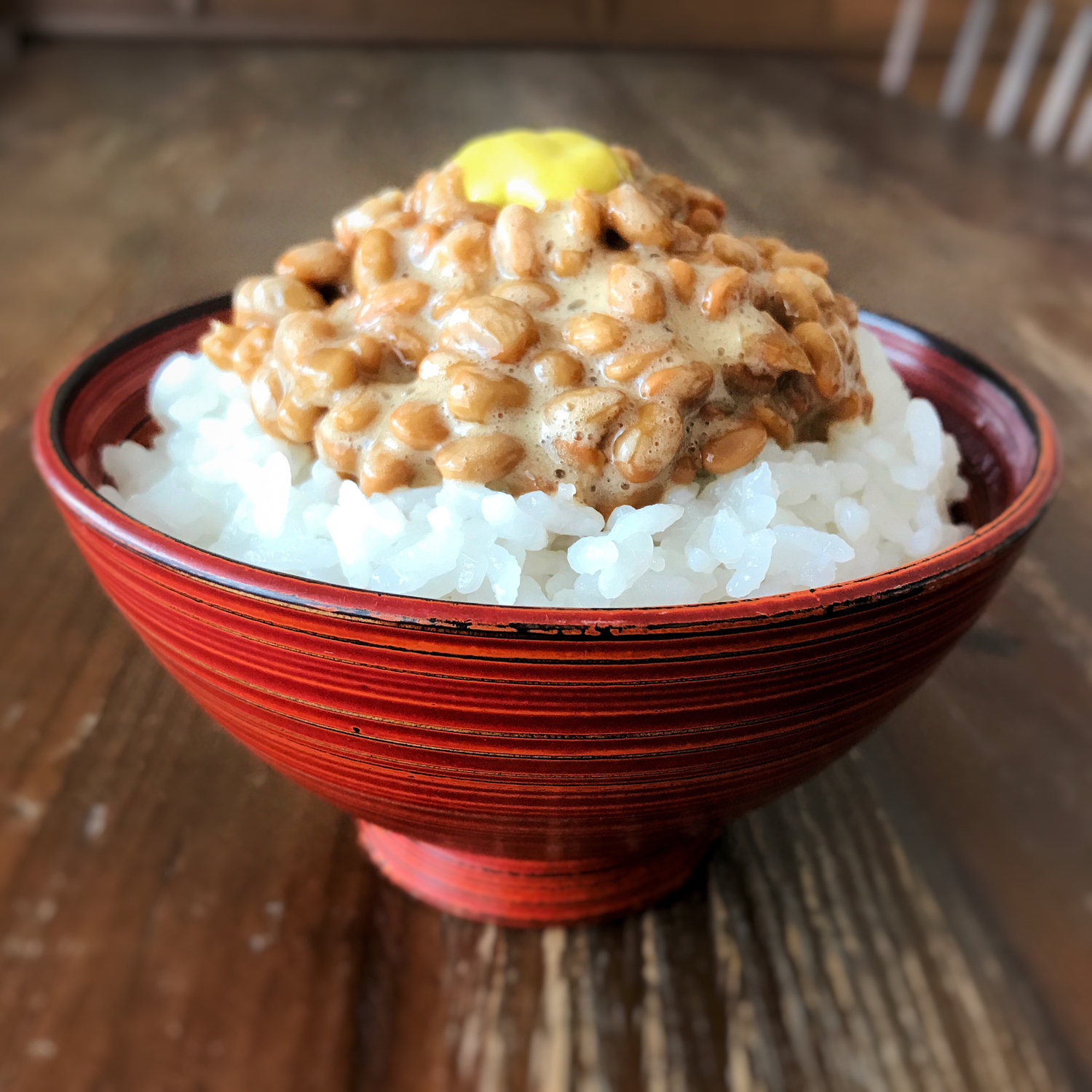
While most people think that Japanese people love natto, in reality, just like Indonesians, not everyone loves pete or durian! Of course, there are many foreigners who would be surprised to see Indonesians eating pete or durian with gusto.
Eating habits vary from country to country, and while you don’t have to force yourself to accept a culture you don’t like, you should still respect each other’s culture. However, if you have the courage to take a step and try something unique like natto, you might just fall in love!

